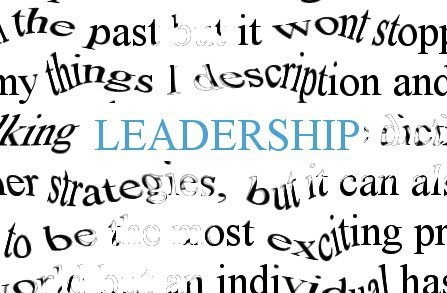10 Promising Models & What it Means for Leaders

I’m spending a couple days with the most thoughtful folks in leadership development. We’ll spend part of the time looking at new school models and asking what it means for preparing the next generation of school leaders. Following are 10 school models we’ll be discussing:
- What’s All the Buzz About Detroit?
- K-8 NGLC implementation grant and an NGLC planning grant for high school
- Watch for an update on results on Wednesday
2. Cornerstone Charter Academy, Detroit: 3 blends under one roof with a strong character development program. For more see:
3. Summit Public Schools: innovative blend, co-developed platform, sophisticated talent development. For more see:
- Summit Denali: 12 Components of an NGLC Winning Design
- Summit Denali: Engaging Student-Centered High School
- Diane Tavenner on the Summit Prep Teacher Development System
4. Houston Apollo 20: best practices of top networks infused with blended strategies. For more see:
- Smart Cities: Houston, We’ve Got An Opportunity Here
- Smart Cities: Houston’s Low Tech Lift Off
- Houston High School Students Get Laptops Next Year
5. Rocketship Education: top performing elementary network combines engaging and adaptive components with great teaching. For more see:
- Rocketship’s Preston Smith on Investing in the Art of Teaching
- What’s Keeping Me Up At Night , Preston Smith
- An Inside View of Blended Integration at Rocketship Education
- Rocketship Education Expands Successful ST Math
6. Bracken STEAM, Las Vegas: dynamic component blend (i.e., lots of apps on Edmodo) leveraging grade span teacher leadership. For more see:
7. DSST Public Schools: best high poverty STEM featuring big question, deeper learning, and strong character development. For more see:
- Developing Character, Courage & College Readiness
- Deeper Project Based Learning
- On the Blended Learning Road with DSST’s Jake Firman
8. Flex networks including Nexus, AdvancePath, & iPrep: combining online curriculum with onsite support and application. For more see:
- What’s Next? A Flex Plus School Model by Connections
- iPrep: The Miami Flex
- 10 Reasons Every District Should Open a Flex School
- Flex Schools Personalize, Enhance and Accelerate Learning
9. Career Path High School at Davis Applied Technology Center: Early college flex plus model featuring job training. For more see: Career Path High: Career & College Ready Flex.
10. Reynoldsburg High School, eSTEM Academy: innovative big blogs combine team projects and individual supports. For more see:
- Reynoldsburg Schools Attracting Rave Reviews
- Four Strategies in Four Years that Will Transform a Community Forever
- Smart Cities: Columbus
A deep dive into these new school models suggests 10 element–most common to all of the models:
- Student-centered environments
- Personalized learning
- Competency-based progressions
- Adaptive & engaging components
- Deeper learning & character development
- Rapid & flexible deployments
- Dynamic models evolving with new tools
- Platform-centric scaling
- Leveraging teacher Leadership
- Best Practices & Innovation
Last week, I explored the Leadership Implications of the Brave New Blended World and suggested that, in addition to personal effectiveness, school leaders need to be strong process managers (e.g., Doug Lemov) and design thinkers and disruptors (e.g., Clay Christensen). That’s a tall order so I made five suggestions that may make the job more doable:
- State policies that allow reciprocal performance-based certification;
- Preparation partnerships that aggregate demand and insist on focused and applied learning opportunities;
- Specialization that recognize that some folks are better instructional leaders while others are great in design and startup mode; some folks appreciate the structure of KIPP while others thrive on the flexibility of Big Picture;
- Rich and ongoing on-the-job learning opportunities, field trips and broadening experiences; and
- Distributed and coordinated R&D that shares the load across a district or network and phases it over time.
The shift to digital holds great promise for students and teachers but it will be challenging and confusing for leaders. As the toolset improves, it will become somewhat easier to create high performing platform-centric districts and networks. In the meantime, EdLeaders have a lot of conversations to lead.






0 Comments
Leave a Comment
Your email address will not be published. All fields are required.